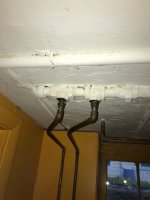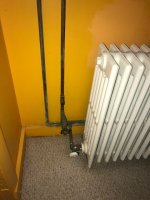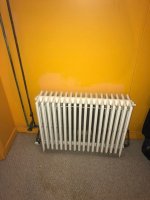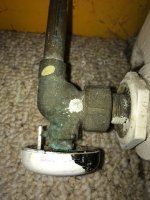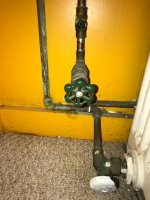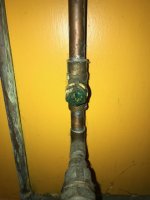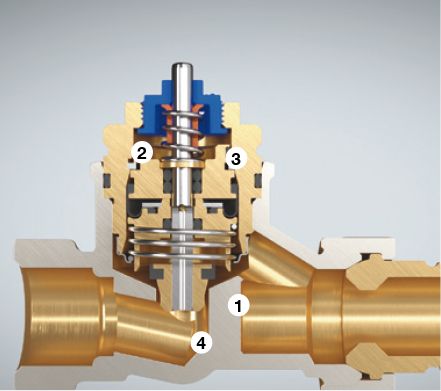In October 2017 I had an NCB240 installed replacing an oil fired boiler. The lone basement radiator never worked last winter. 2017/18 was my first winter in the house. We are updating the finished side of the basement so would like to get it working.
At the time of the boiler installation the installer bled the radiator and tried to get it working but could not. He was supposed to come back and fix it but never did. Fast forward to today and I had the installer return to diagnose the problem. He was unsuccessful in bleeding the radiator again. He believes my 1 1/2 inch monoflow tee is blocked and needs to be replaced. He says this is common of monoflow tees. He is charging me $875 to drain the system and replace this tee which seems very high for what I would guess to be 2 hours of work.
Is this price reasonable?
Is there anything else I can try to get this radiator working? I never witnessed the radiator working but the previous owner who I am still friendly with assures me it did. One search online suggests shutting off all radiators except the basement one and then attempting to bleed the radiator. Could this potentially work?
I will attach some pictures shortly but my understanding is that I have 2 pipe hot water system. There are two monoflow tees that are both coming from the supply pipe and connect to the basement radiator. They are spaced about 6 inches apart.
At the time of the boiler installation the installer bled the radiator and tried to get it working but could not. He was supposed to come back and fix it but never did. Fast forward to today and I had the installer return to diagnose the problem. He was unsuccessful in bleeding the radiator again. He believes my 1 1/2 inch monoflow tee is blocked and needs to be replaced. He says this is common of monoflow tees. He is charging me $875 to drain the system and replace this tee which seems very high for what I would guess to be 2 hours of work.
Is this price reasonable?
Is there anything else I can try to get this radiator working? I never witnessed the radiator working but the previous owner who I am still friendly with assures me it did. One search online suggests shutting off all radiators except the basement one and then attempting to bleed the radiator. Could this potentially work?
I will attach some pictures shortly but my understanding is that I have 2 pipe hot water system. There are two monoflow tees that are both coming from the supply pipe and connect to the basement radiator. They are spaced about 6 inches apart.

